
I receive 10-15 inquiries a week for various types of photography assignments from potential clients who found me online or through social media. Approximately 50% of them book. The other 50% disappear into the universal ethos never to respond or be heard from us again.
I often wonder why someone would take the time to send me an email inquiring whether or not I can photograph their [insert photography project) only to never respond back when I reply.
I suppose the simple fact is, they are sending the same message to numerous other “photographers” and seem to make a decision based on their personalized context and that’s that.
Either way, it got me thinking, why certain people hire certain types of photographers for certain types of projects and what discourse and logic runs through their decision-making.

For example – I am arguably one of the more experienced photographers (fashion, lifestyle, content creation and portraiture ) in the region (Hilton Head, Bluffton, Savannah, Charleston) , not to brag, but my work and reviews speak for itself – at least from the people that hire me and I have the chance to work with. Yet, just this week, I was ghosted by more than one person. Crushing for the ego!
So I thought it best educate a bit on photography and to first organize the types of photography then break it down how to hire the right photographer once you’ve determined your style and needs.
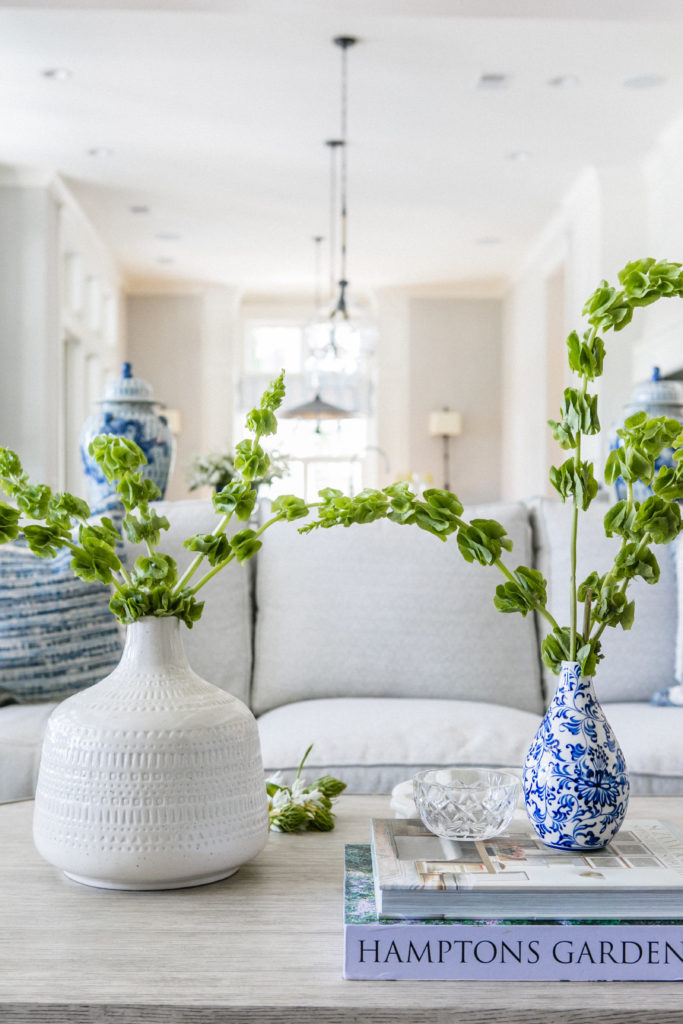
Style #1: Portrait Photography
Portraiture is a type of photography that aims to capture the personality and moods, whether it’s candid or posed full-body. The subjects may be captured from any angle using both wide shots as well close-ups; however, their face will typically stay in focus Capturing natural expressions for every person involved makes this style popular among clients who want nothing but comfort during their session!
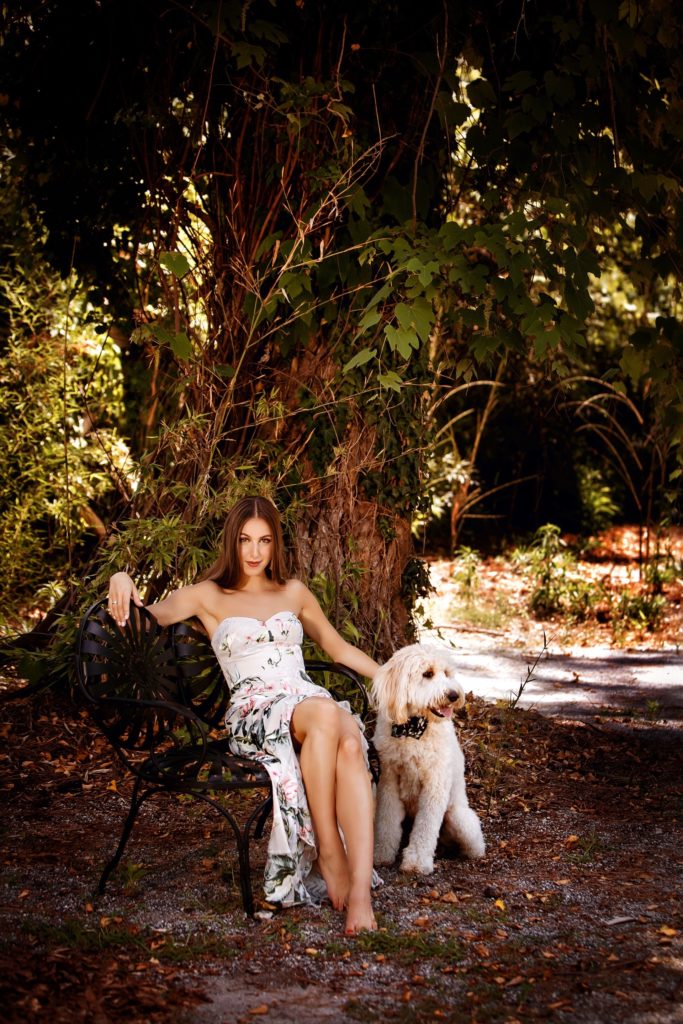
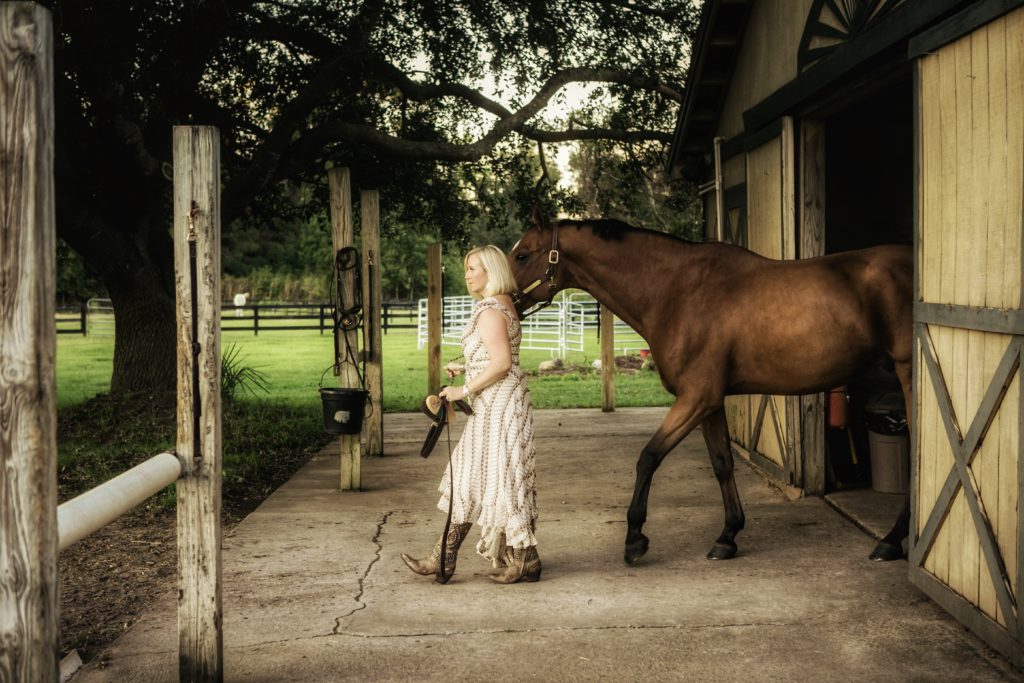
Style #2: Photojournalism Photography
Journalistic photography is a form of documentation that captures the moments in time and space. It strives to be as objective, truthful, and honest with its subjects while still capturing candid shots without artificial props or settings; it’s all about being there when something happens rather than waiting for them”
The best photojournalists know how important those unplanned photos can sometimes mean–sometimes they’re even ahead of expectations by anticipation! Every image tells its own story from who took it: what was happening around us at this moment? What did we see happen before our very eyes?”
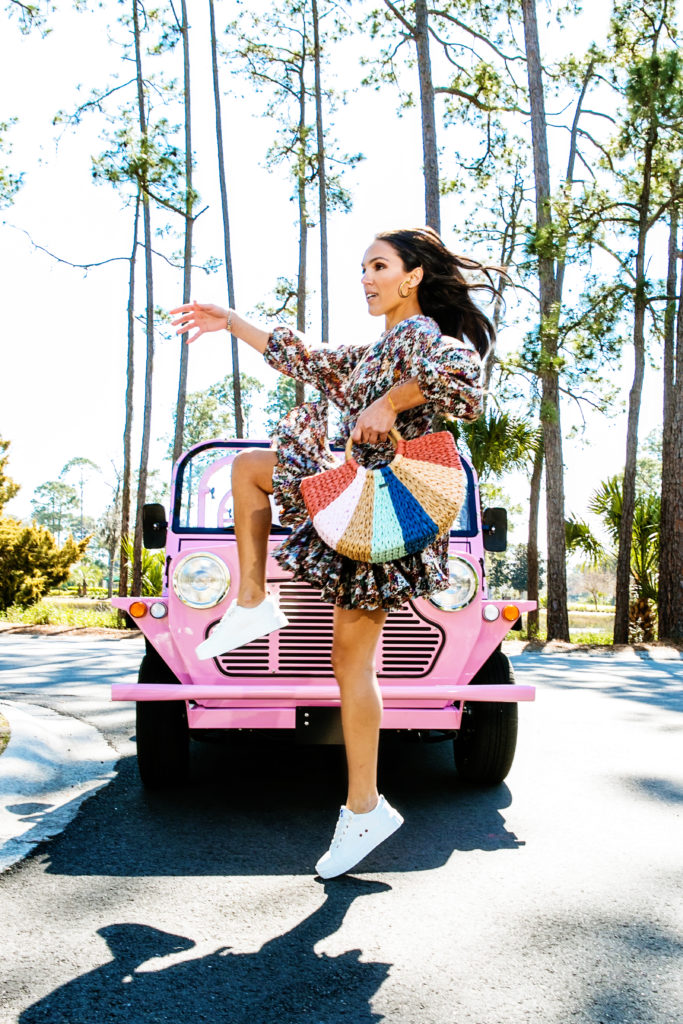
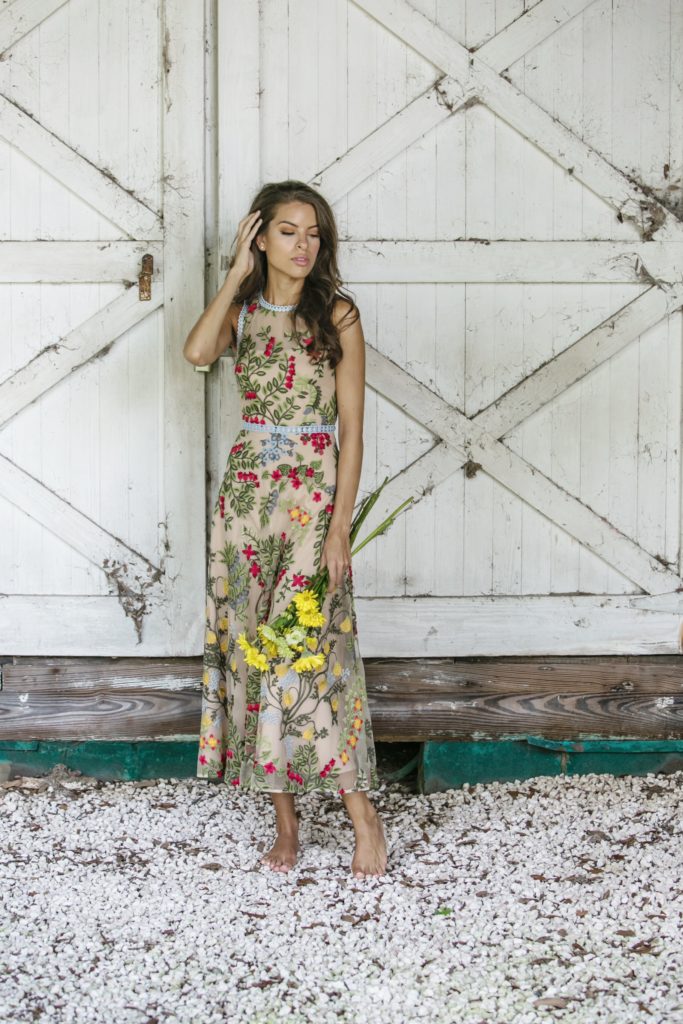
Photography by Lisa Staff Photography for Local Life at Honey Horn Plantation
Style #3: Fashion Photography
Fashion photography is highly creative and attention-grabbing. It’s an opportunity to be innovative with your shots, using many different skills that are also applicable in portraits like lighting techniques or angles on the model (for example). Fashion Photographers often take full body pictures; their work can appear both online as well as within magazines or print.
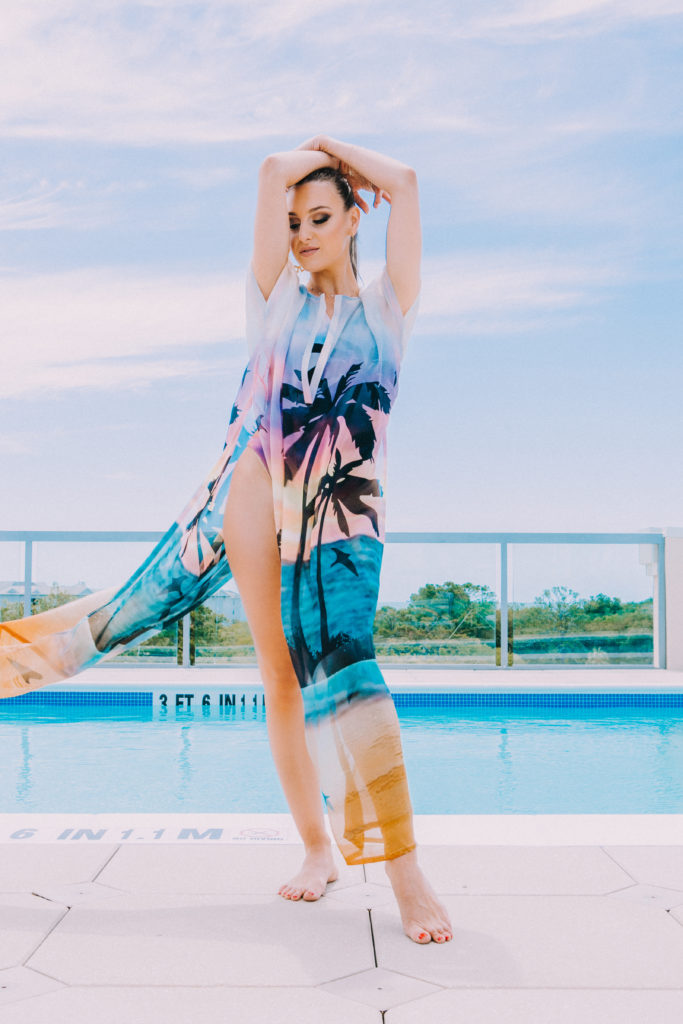
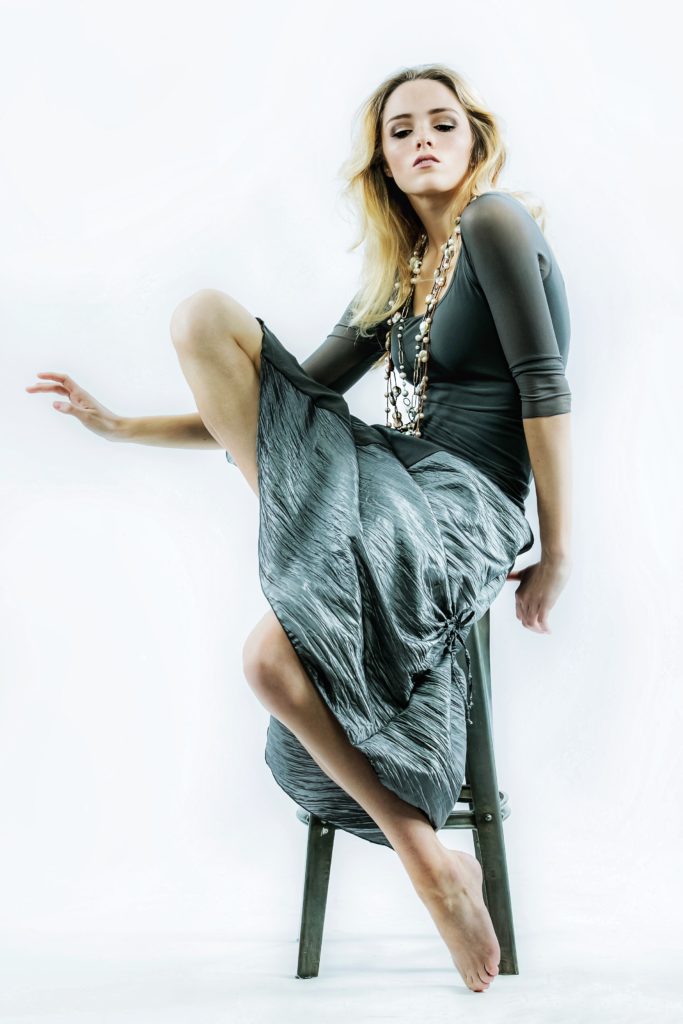
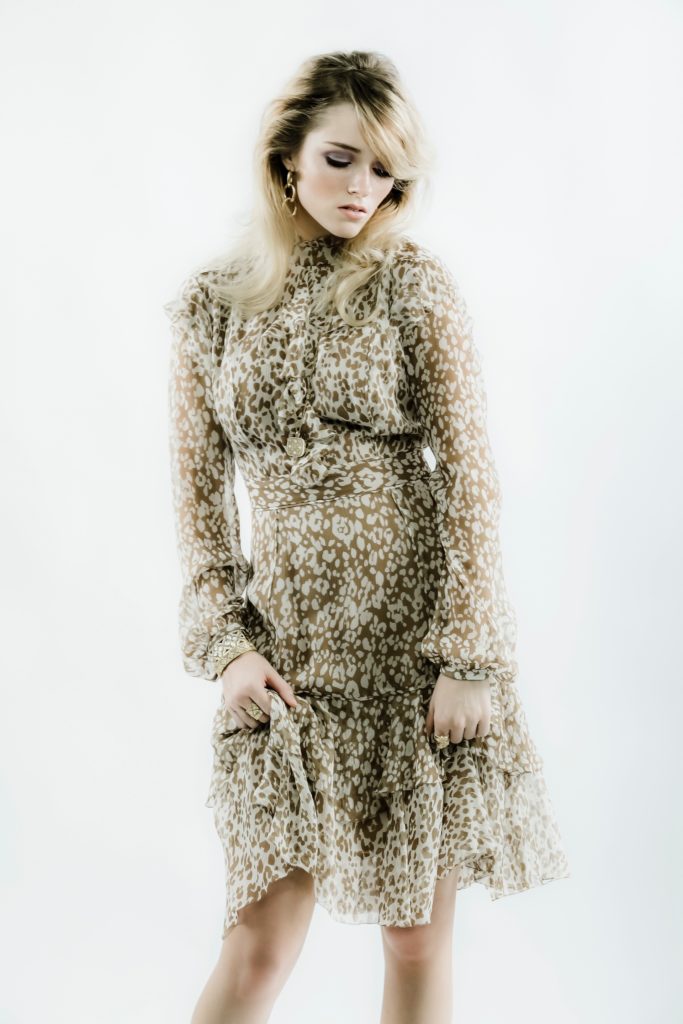
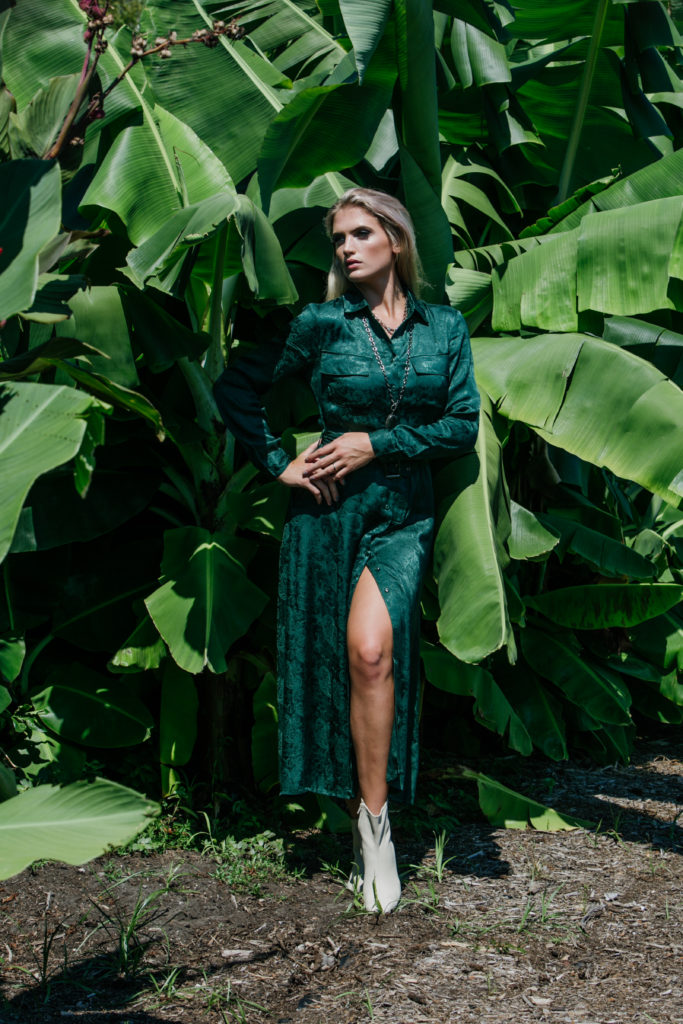
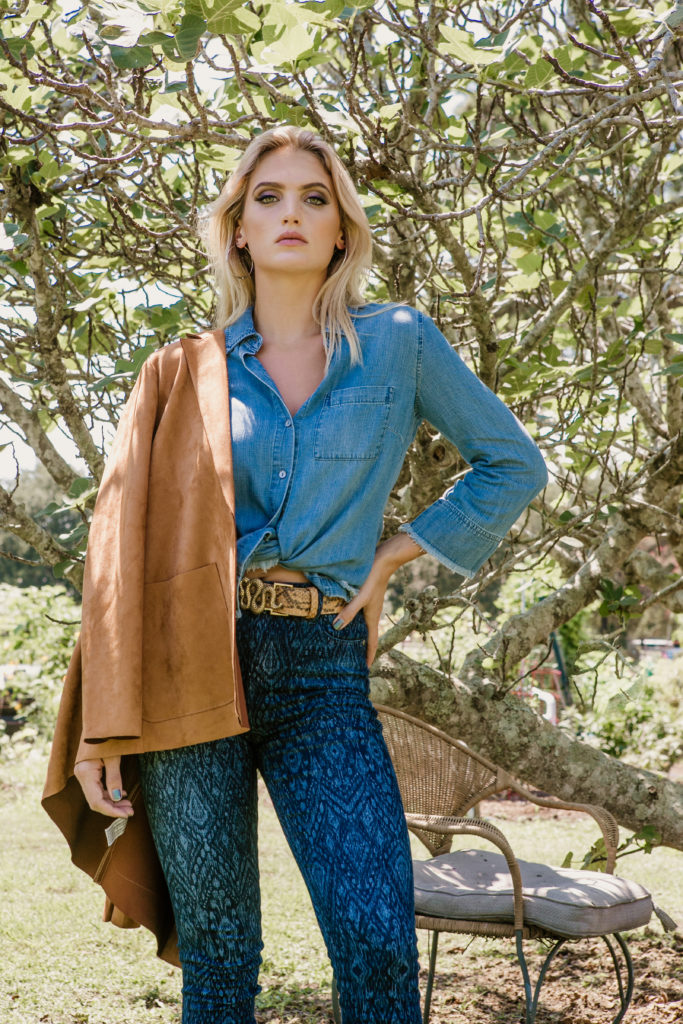
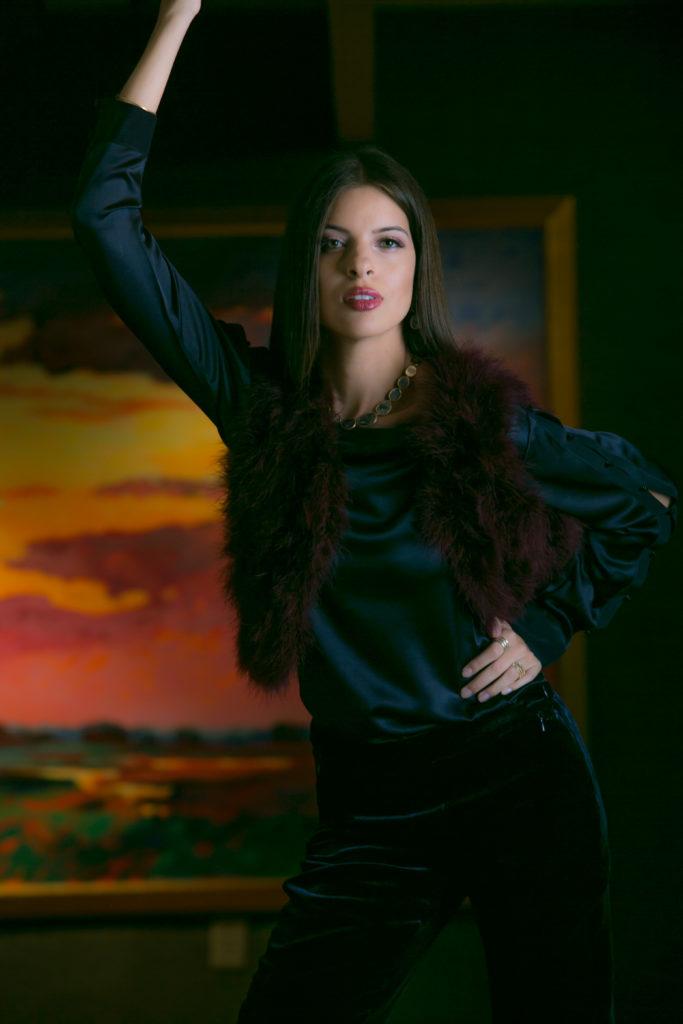
photography by Lisa Staff Photography for Local Life Magazine at Red Piano Gallery
Style #4: Editorial Photography
The goal of editorial photography is to create images that tell a story. The subject can vary widely, but typically it’s used for illustration and promotion in newspapers or magazines; this type also goes by the name “editorial” pictures (the same way we talk about those). You’ll work closely with writers/art directors during production – so keep your eyes peeled!
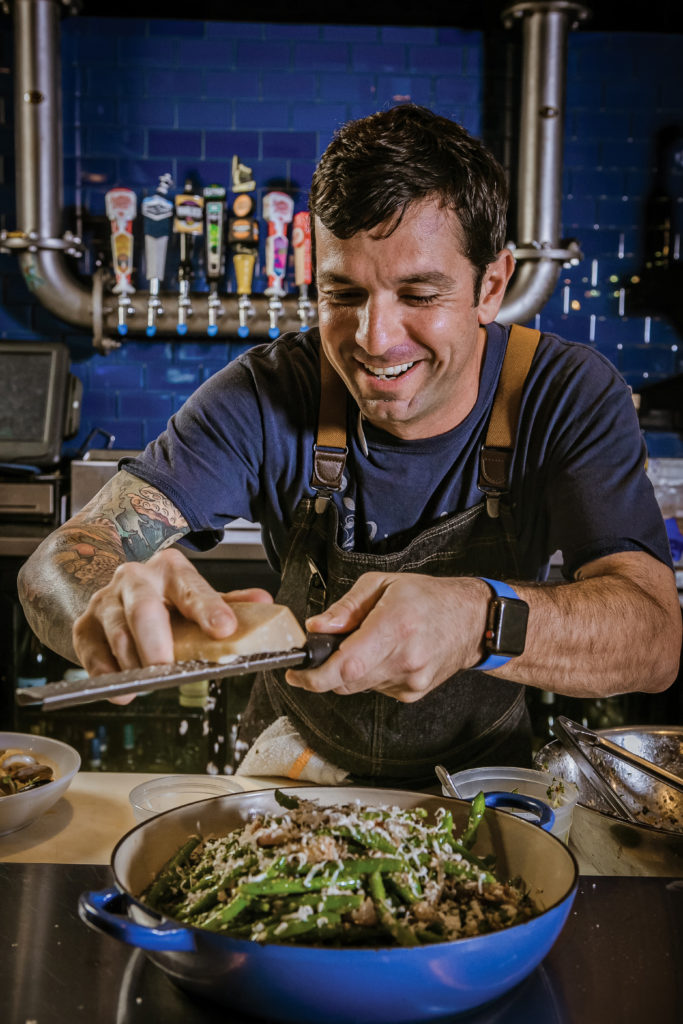
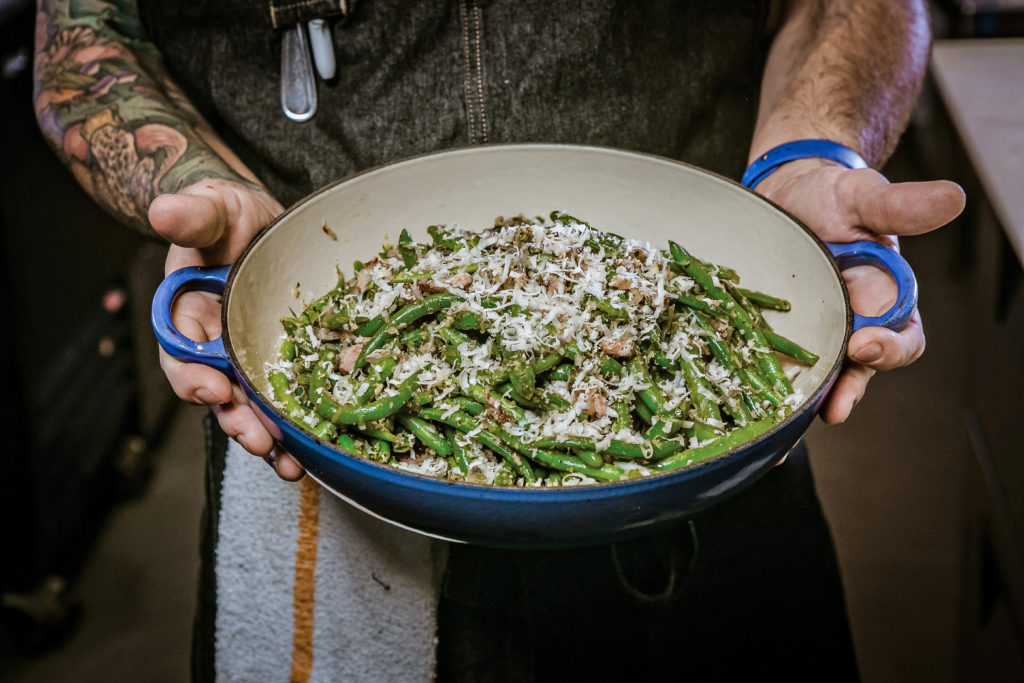
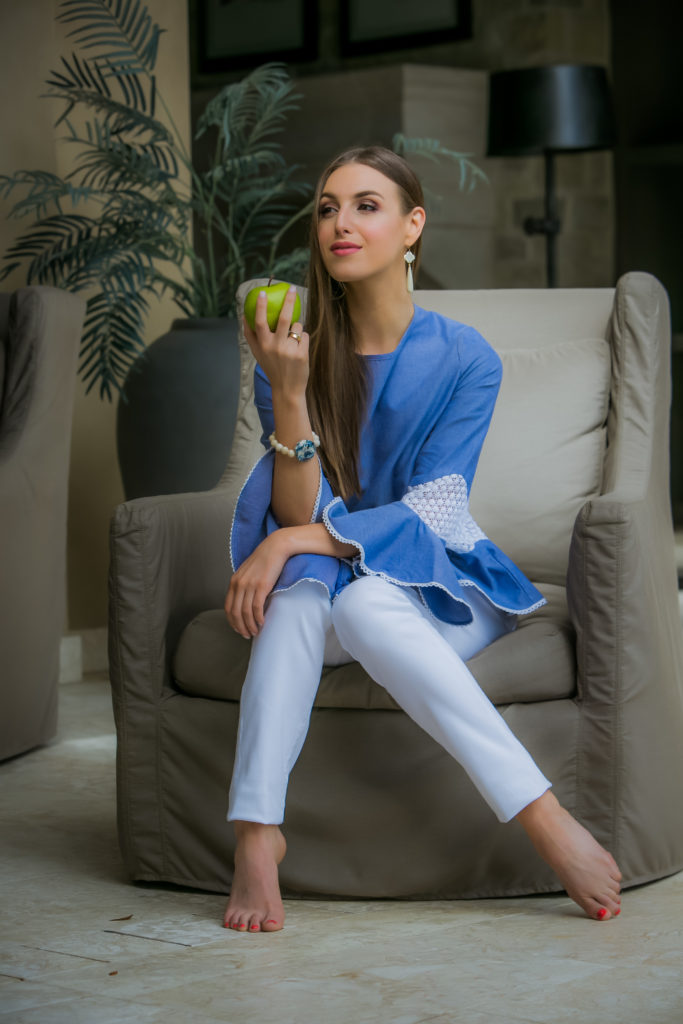
photography by Lisa Staff Photography
How do you select the right photographer?
So you have defined the style and the need and clearly understand the different types of photography. Let’s break down how to find the right photographer for the job.
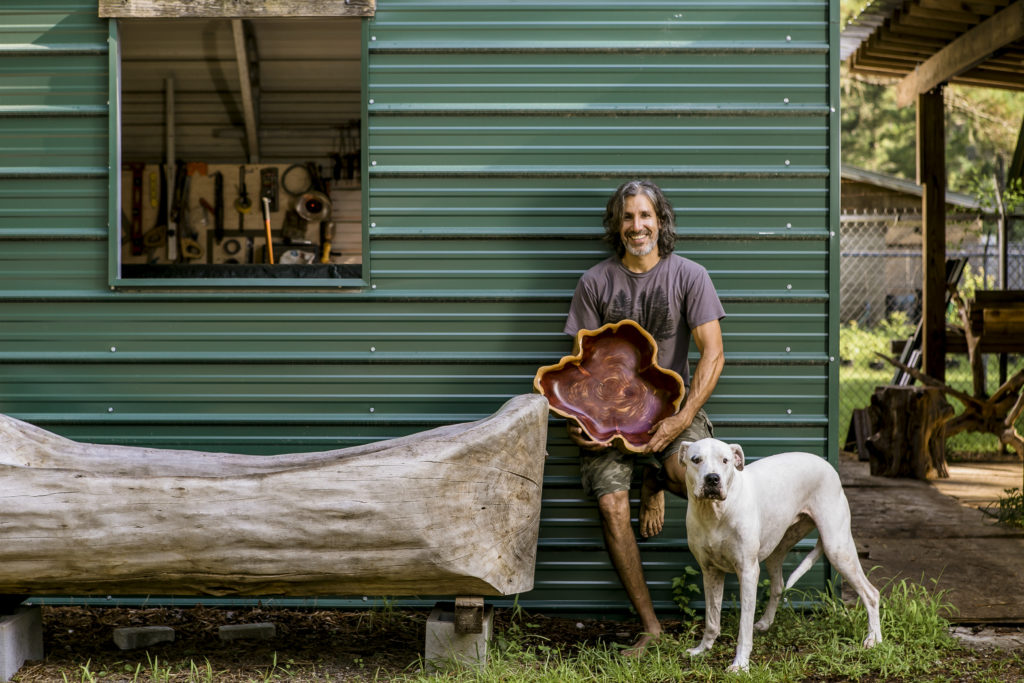
So you have defined the style and the need and clearly understand the different types of photography. Let’s break down how to find the right photographer for the job.
Define Your Project
- Define Your Project
Be very clear and purposeful on the project. Make a list of all the elements you want to see in the final product.
If this is a headshot project, for example, your list might look like this:
- Must be indoor
- Need at least three separate looks
- Want to wear three different outfits
- The image must include cityscapes as the backdrop
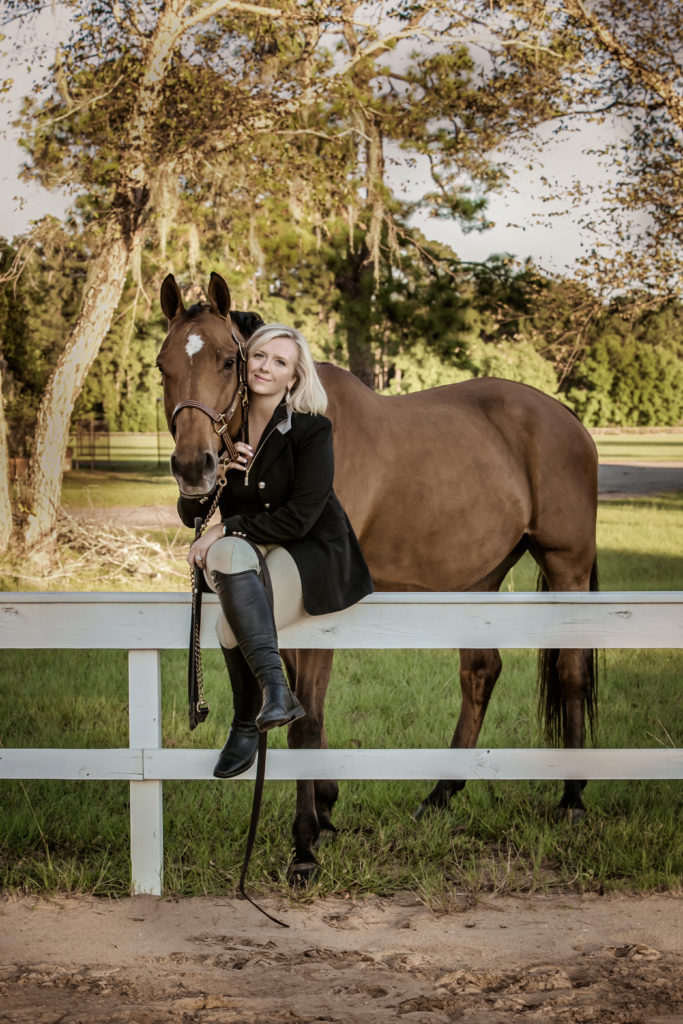
2. Print or Digital or both
Some photographers do not provide their digital images as part of their package. Remember, for some this is their “product”, their intellectual property. When you commission a good photographer you are paying for their time, their art, their talent, and their product. So be clear on YOUR needs. Are you needing to walk away with digital or print files?
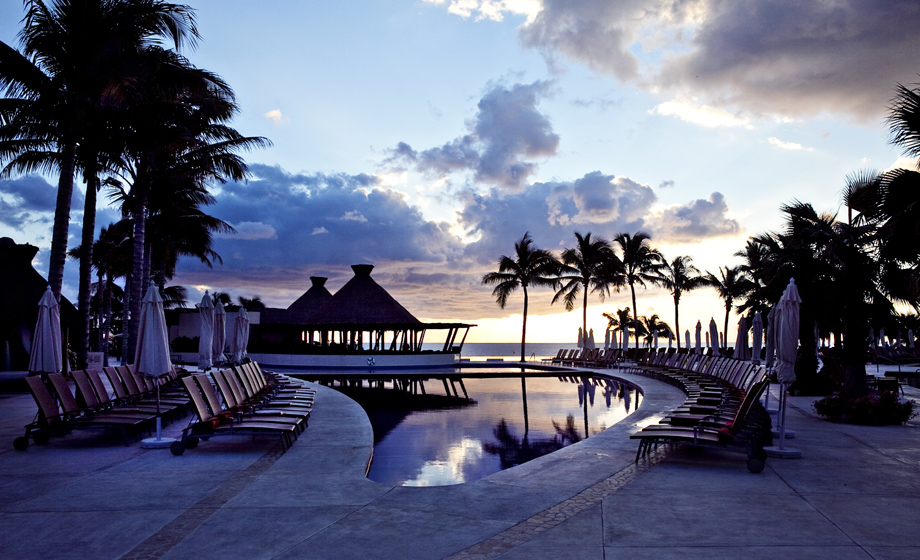
3. Understand the context for your shoot and make sure the photographer does too
Not all photographers are created equal. In fact, there is as much diversity in styles, context, and ability as there are people on the planet – so make sure you clearly explain the project, the location(s), the context, the need, anything you can so that you can be sure the photographer you are speaking with is on the same page and has a working grasp and preferably experience with this type of photography.
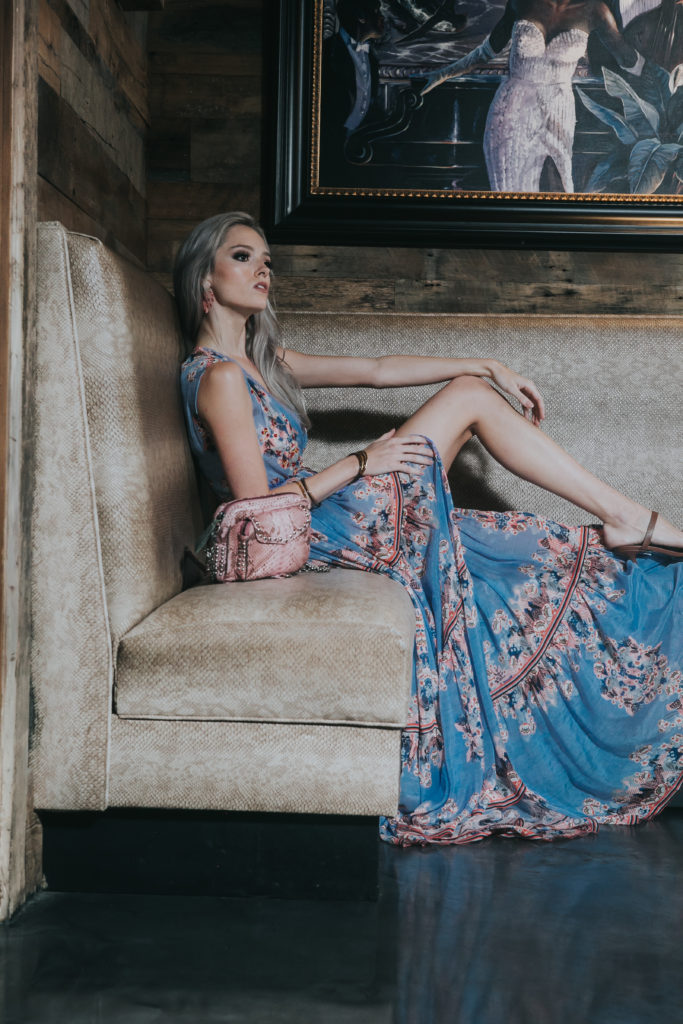
4. Look at their work online.
Now I might get into trouble with this one, but I am a huge fan of first impressions and nothing annoys me more than a “photographer” who calls themselves an artist but has a deplorable online presence. This applies to both social media and websites. If you are asking someone to enlist and pay you for your work, it stands to reason that your work should be scrutinizingly displayed and look good.
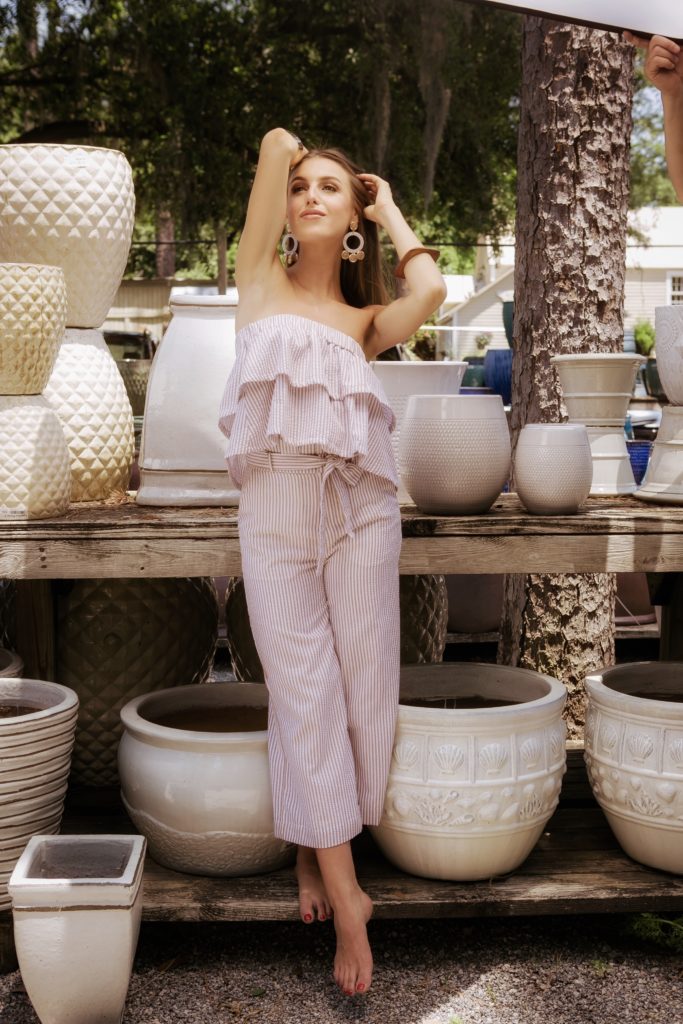
5. Personality match
This is a big deal for me – primarily because I love what I do and I want my experiences to be favorable and fun. That means the people I tend to work with are philosophically and emotionally in alignment with my vibe. It just makes for less drama, easier trust-building and way more fun photography. Does that mean we have to sing kumbaya around a campfire together? Maybe, yeah, we shouldn’t turn away from it if the chance arrives. I always tell my brides for example – would you be proud to introduce me to your family? If I pass the family litmus, I am good to go!
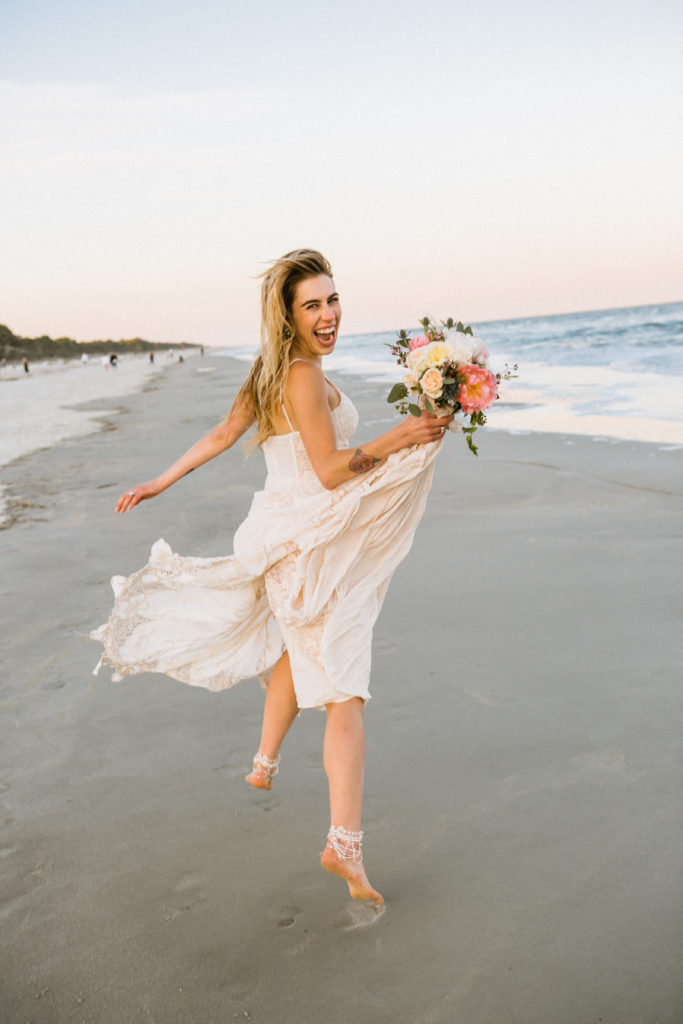
6. Knowledge, Experience, and Talent
This is often overlooked by the uninformed consumer because most people are price shopping. I get it, I am a consumer too, I look for deals – on Facebook marketplace for used canoes, not on my wedding or my headshot or any chance where I need to have a strong first impression – like my business headshot. I want the best to make me look my best. You only get one shot at this, really, so do it right, or spend more money on fixing the problem. So one way to get this right is to make sure the photographer has the experience, talent, and knowledge, not just that they own a nice digital camera and call themselves a photographer. Hell, I can call myself a race driver because I handle my car wheel over 85 MPH but put me on the race track with professionals and I will most likely cry myself to sleep right there on the track.
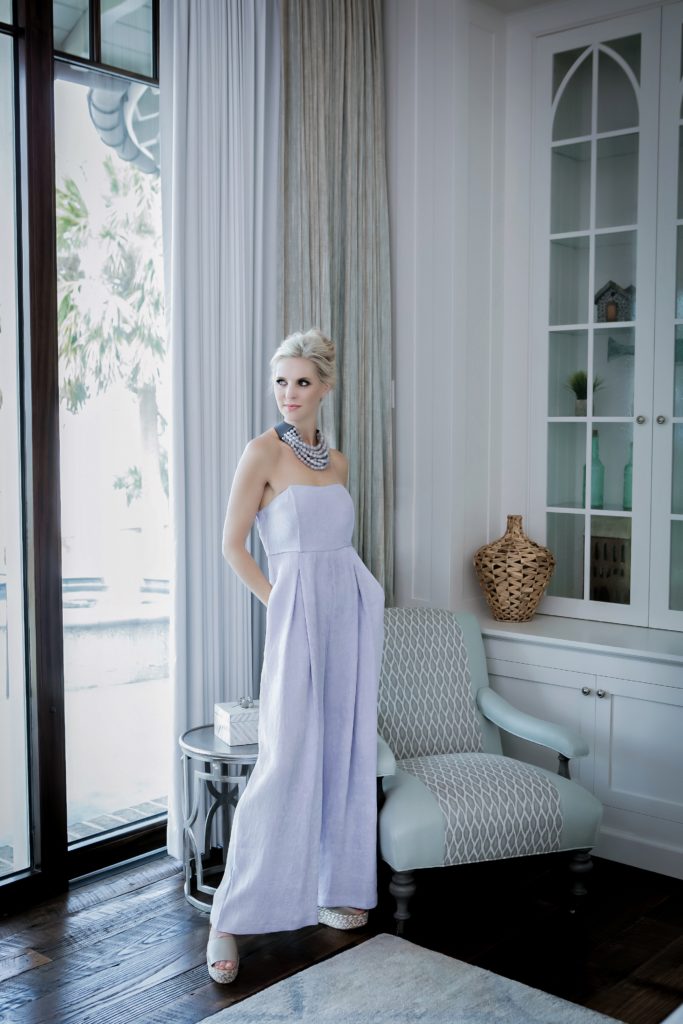
7. Reviews
We live in the information age. With a few clicks and swipes, you can find out anything you want. You can google me and find out a lot about me, including my reviews. Go ahead and try it right now… google “Lisa Staff” and you will quickly see, I get around town. People other than my mom feel pretty good about me, and generally speaking, I have a strong reputation in several industries. Do some research, google your photographer, look for reviews. You can very quickly tell what kind of photographer and human they are by what other people take time to write.
OK, that about does it. I hope this helped. Remember this is your gig, event, whatever you are seeking a photographer for. Invest in it properly and the return will be justified. Invest in it poorly, and well you know what they say about “you get what you pay for’.
If you liked what you read why not try out a few more of my blogs here and here!
comments +